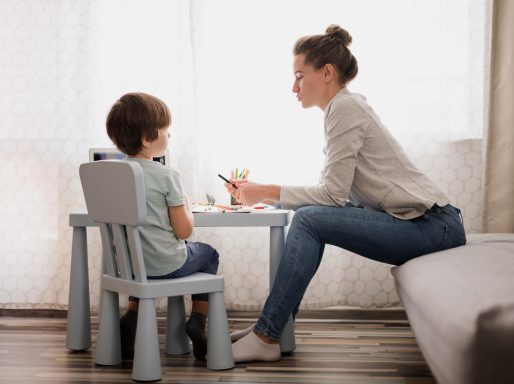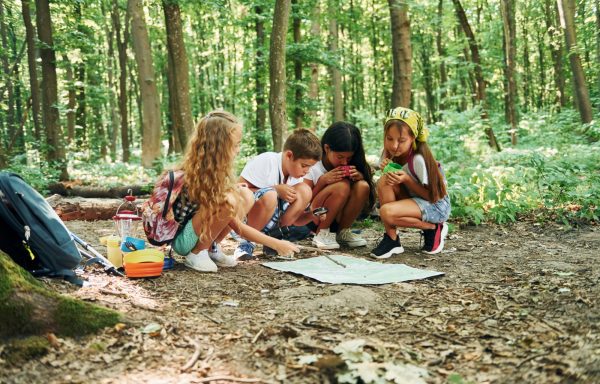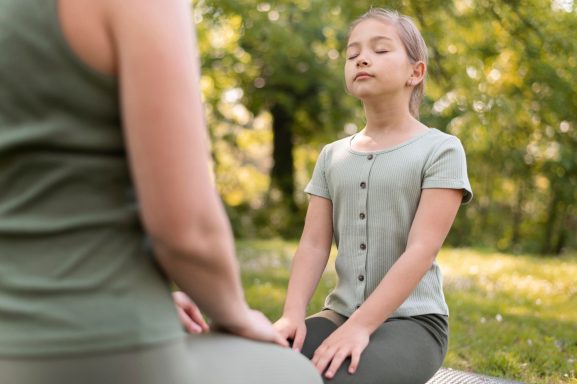ABOUT US
The “Healed People Heal People” Program is focused on getting to the root of the bullying epidemic and focusing on solutions through several healing modalities including the sharing of stories (from myself and from students), sharing information and videos, and facilitating discussions and improvisations with students.
The Healed People Heal People Program
In my experience, when one is bullied, the immediate response is to fight, flight or freeze. These are all primordial reactions that generally lead to more hurt. What I’ve found is that there are many solutions to bullying where a more tempered response yields a more effective result. Here are some possible solutions…
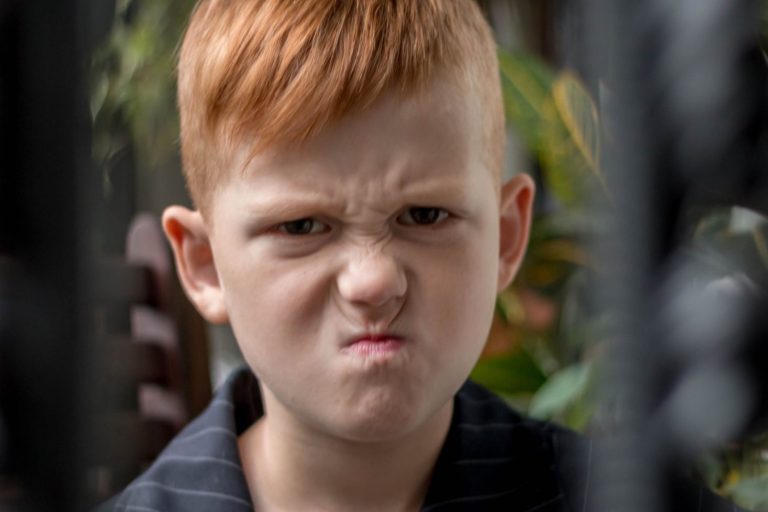
“Victims” can request a
one-on-one or a facilitated conversation with the “bully”:
These conversations should focus on making amends and finding solutions. I had two 6th grade students who got along great and then all of a sudden were not getting along with each other. I asked them both if they’d be open to a conversation. I facilitated a brief talk in which they both got to speak up about what upset them and they each apologized and that was that. They were fast friends again. Sometimes it’s that simple!

Build a network of allies
Students often feel they have to “go it alone”, oftentimes because they fear it will get worse, and oftentimes because they feel it would be “weak” to ask for help. In my experience, this is a false narrative that keeps the nightmare going. Students can gain allies in the form of other students, teachers, staff, administrators, parents, and therapists who would be happy to support
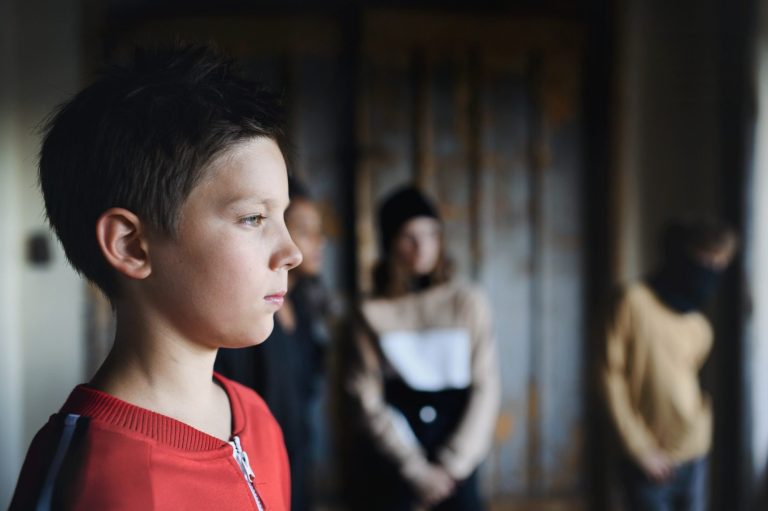
Look at your own part
in the situation:
“Victims”, because of the overwhelming fear and hurt and trauma, often only see the things being done to them, and have “blind spots” around some of the things they may have done to contribute to the situation. In my experience, there’s always some way that I’ve contributed to a situation. This may be something as big as provoking the “bully” through passive-aggressive behavior or talking behind someone’s back. Or this may be something as small as judging the “bully” for their behavior, rather than trying to have empathy and understanding for where they are coming from. I find this tends to take a bit of the “personal” aspect out of it being done “to me.” When I start to see my part in a conflict and make amends for any harm I’ve caused, oftentimes this will diffuse the situation and allow the other person to soften a bit towards hopefully finding a solution.

Learn Self Defense
While this may seem too aggressive or counter-productive, in my experience there are self-defense modalities (like Aikido) that are about bringing peace to a situation. In other words, if a “bully” attacks a “victim”, a “victim” skilled in self-defense can neutralize the “bully” without harming them. In my experience, just knowing that I CAN defend myself makes all the difference. In “The Karate Kid”, Mr. Miagi asks Daniel “Why learn Karate?” to which Daniel eventually answers “So I won’t have to fight.” Keep in mind, the self-defense option may or may not be allowed in certain schools, so please check the rules of your school before employing the Self-Defense option.

Find your talent
In my experience, when students start to find their talent, their voice and their passion, whether through sports, music or Drama Club, the “drama” in their lives start to fade away. This goes for “bullies” and “victims”. I had a student named Bruce who was always getting in trouble in 6th and 7th grade. When he found a passion for football in 8th grade, he not only stayed out of trouble, he was one of the best football players the school had ever seen! When you find enthusiasm for something that you love to do and you’re good at and you work hard at it, bullying won’t be able to compete with that!

Student Stress Solutions
Students can relieve stress by engaging in activities that promote relaxation and well-being. Regular exercise, such as meditating, skateboarding, or even a brisk walk, can help release tension and boost endorphins. Mindfulness practices, like meditation or deep breathing, can calm the mind and improve focus. Taking short breaks to do hobbies, read, or listen to music can refresh the brain. Staying organized with a planner reduces academic pressure, while reaching out to friends, family, or counselors provides emotional support. Maintaining a balanced diet, proper hydration, and enough sleep ensures physical health, which is key to managing stress effectively.
Student Stress Solutions
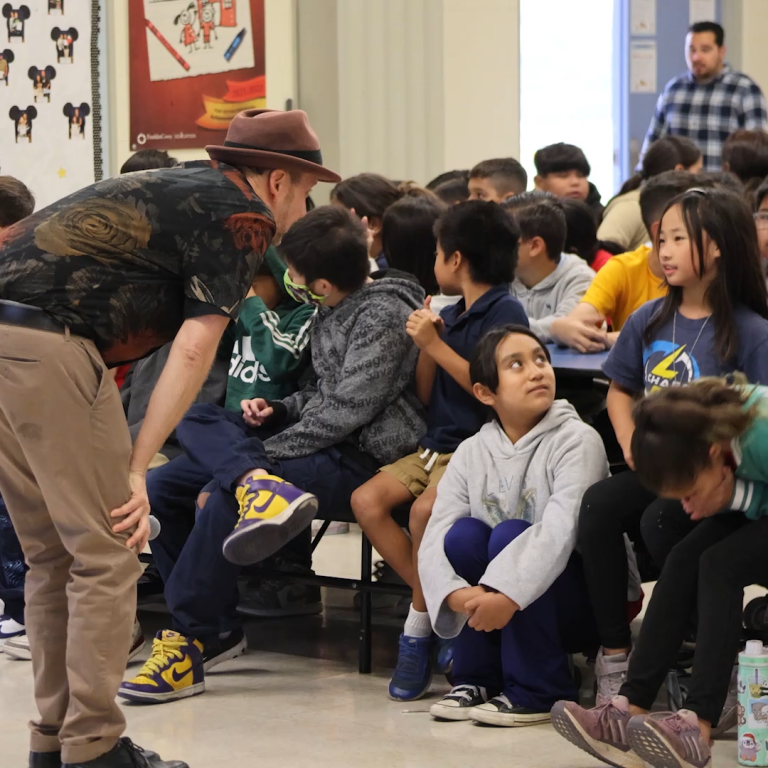
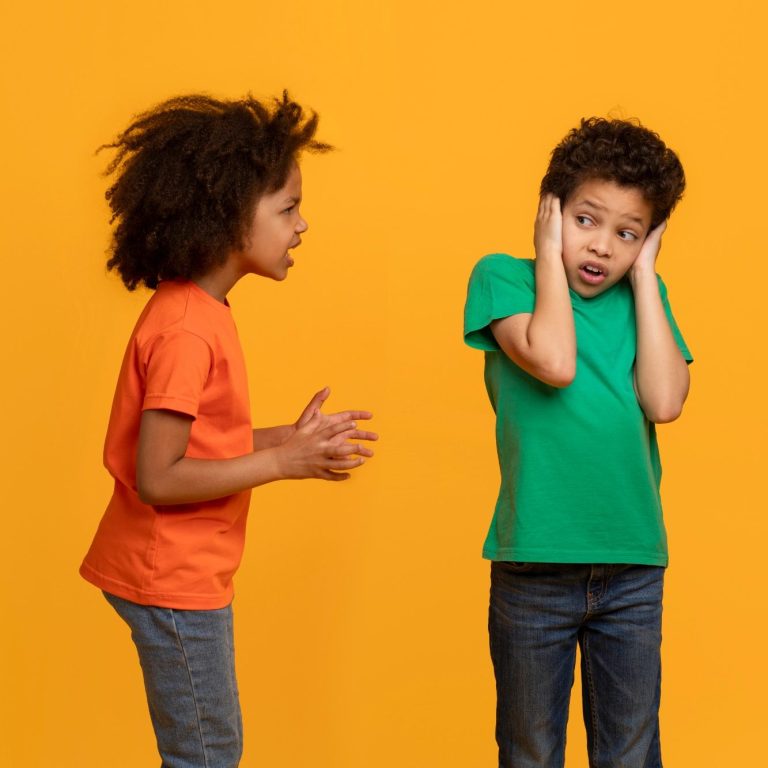

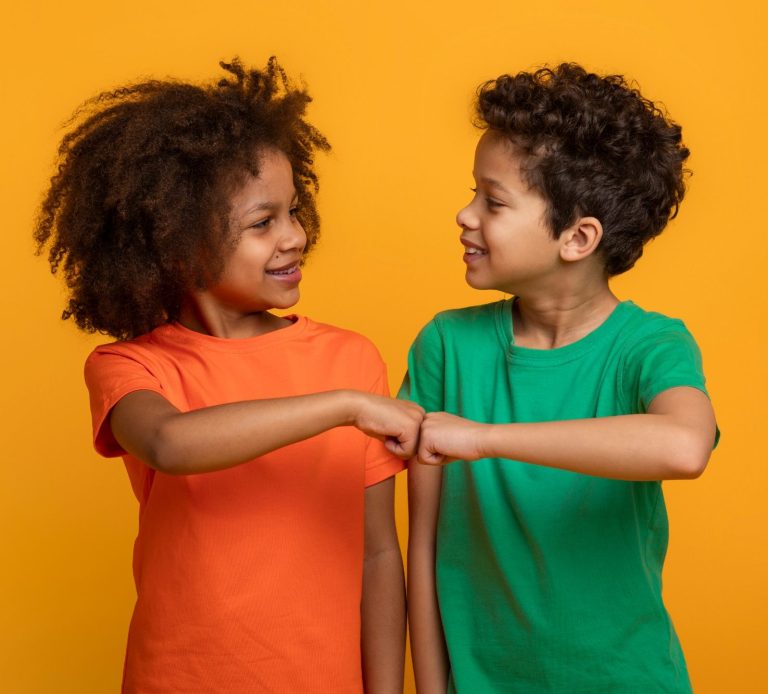
Student Improvisation
In addition to providing information on bullying (through slides, images and videos), sharing bullying experiences (mine and students’) and exploring potential solutions, I will also facilitate improvised student scenarios. This helps to engage the students and helps them to see with their very eyes a different way of dealing with conflict.
Here’s an example of a student improvisation:
Dave: Can I please get 2 students to come up and improvise a scenario?
2 students volunteer and come forward.
Dave: Excellent! Thanks so much for being brave leaders of your school! So, I’d like to invite you to act out a scenario where Student 1 will approach Student 2 in an aggressive manner (without physically touching each other or cursing at each other).
Both students will be standing. Student 1 will start with the line: “I heard you were talking about me behind my back…” then threaten to make Student 2’s life a living hell (which is basically what being bullied looks like).
The 2 students play out this scenario which inevitably leads to anger, reactivity, yelling, threatening and a Lose-Lose Scenario.
Dave: Ok, how did each of you feel? Do you feel calmer? More peaceful? Or do you feel scared and stressed?
Students will usually offer feedback that speaks to a stressful, scared, angry and revengeful vibe.
Dave: Ok great. Now let’s play out the same scenario, but with a slightly different angle. I’d like to invite Student 1 to approach Student 2 and start with the line “I’m wondering if we can have a brief conversation”, then both of you have a seat. Then Student 1 can deliver the same line from the 1st scenario (“I heard you were talking about me behind my back…”). But in this scenario, I’d like to see you both focus on how you FEEL and how you can find a SOLUTION to the problem at hand.
The 2 students play out this scenario which inevitably leads to some form of agreement to move forward. This may mean continuing a great friendship, and this may simply mean staying out of each other’s way.
Dave: Ok, how did each of you feel? Do you feel calmer? More peaceful? Or do you feel scared and stressed?
Students will usually offer feedback that speaks to a calmer, more peaceful and healing vibe.
This second scenario is very difficult for students because they don’t often see it in their lives at home or in the movies or at school. Oftentimes, they see the drama and conflict and equate adrenaline with power and vulnerability with weakness.
However, my experience is that when we find another way, a more peaceful and healing and joyful way of living, we’ll choose that over stress seven days a week and twice on Sunday!
© Copyright 2024 HPHP. All rights reserved.
We need your consent to load the translations
We use a third-party service to translate the website content that may collect data about your activity. Please review the details in the privacy policy and accept the service to view the translations.






